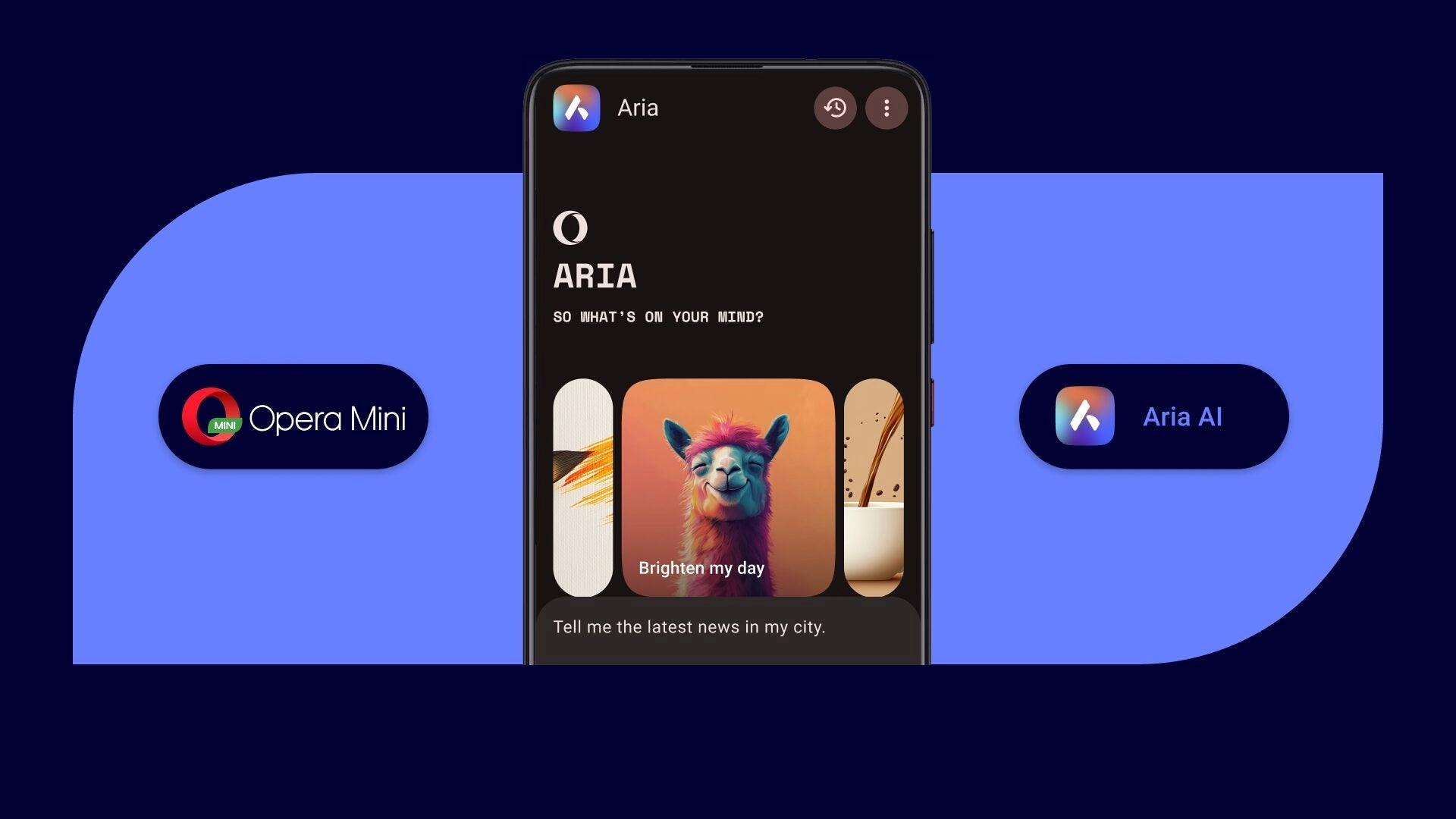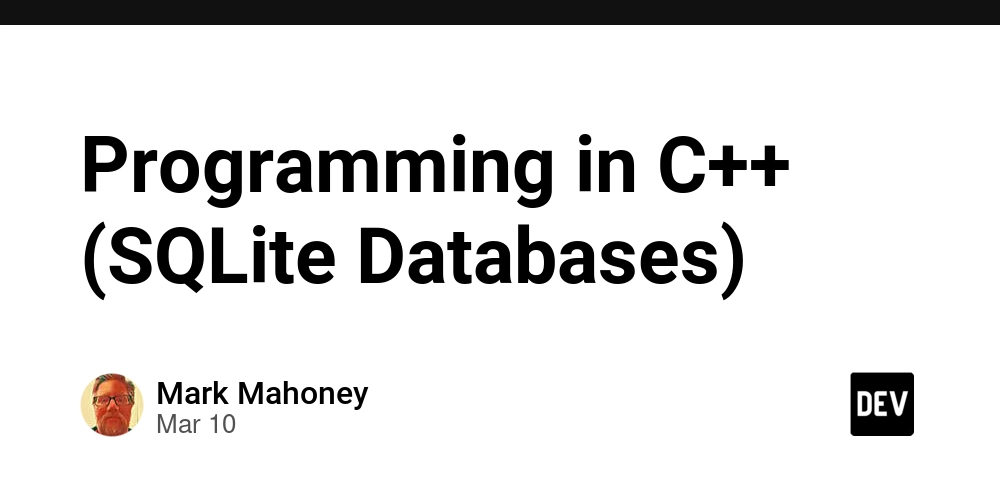AI Content Moderation: Tackling Misinformation in 2025
Article courtesy: SoftpageCMS.com Social media platforms have increasingly turned to artificial intelligence (AI) to manage the deluge of user-generated content, particularly to combat misinformation in real time. As the digital landscape evolves in 2025, advancements in AI tools for content moderation are reshaping how platforms maintain safe and trustworthy environments. However, these technologies face significant challenges, from technical limitations to ethical concerns. Advancements in AI Tools for Real-Time Content Moderation AI-powered content moderation has made remarkable strides, driven by the need to process vast amounts of data at unprecedented speeds. Platforms like Facebook and YouTube now rely on sophisticated machine learning algorithms, particularly those leveraging natural language processing (NLP) and deep learning, to analyse text, images, and videos in real time. These tools can flag content violating community guidelines—such as hate speech, misinformation, or graphic imagery—within seconds of posting. Enhanced NLP and Contextual Analysis Recent advancements in NLP have improved AI’s ability to understand linguistic nuances, including slang, sarcasm, and cultural context. For instance, Google’s AI research has developed models that cross-reference content against trusted sources to verify accuracy, reducing the spread of false information. These models are particularly effective in moderating live streams and chat applications, where real-time analysis is critical. Real-Time Video and Image Moderation AI tools like Amazon Rekognition now enable platforms to scan videos and images as they’re uploaded, identifying inappropriate content with greater accuracy. This is vital for platforms like TikTok, where millions of videos are posted daily. Deep learning models, with their multi-layered neural networks, excel at detecting complex patterns, such as deepfakes or manipulated media, which are increasingly used to spread misinformation. Proactive Content Flagging Unlike reactive moderation, proactive AI systems analyse content during creation, blocking harmful submissions before they reach users. Twitter’s moderation strategies now incorporate such tools, reducing the visibility of misleading posts by downranking them in real time. Sentiment analysis further aids in detecting potentially harmful interactions by assessing user intent, a feature increasingly adopted across platforms. Hybrid Moderation Systems Platforms are combining AI with human oversight to optimise moderation. AI filters large datasets, flagging content for human moderators to review in complex cases requiring contextual judgement. Meta’s content moderation approach exemplifies this hybrid model, balancing scalability with precision to enhance user safety. Challenges in AI-Driven Content Moderation Despite these advancements, AI tools face significant obstacles that limit their effectiveness and raise ethical questions. Misinformation, often subtle and context-dependent, remains a formidable challenge for automated systems. Contextual Limitations AI struggles with nuanced content, such as satire or culturally specific references. During the COVID-19 pandemic, platforms’ increased reliance on algorithms led to erroneous flagging of benign content, as algorithms lacked the human ability to discern intent. This issue persists, particularly in non-English languages, where training data is often limited, resulting in less effective moderation for regions like the Maghreb. Bias and False Positives AI systems are only as good as their training data. Biased or incomplete datasets can lead to false positives, where harmless content is flagged, undermining user trust. For example, a 2023 study by the Pew Research Center noted that 41% of U.S. adults encountered abusive content online, partly due to inconsistent AI moderation. Addressing bias requires diverse datasets and continuous retraining, both resource-intensive processes. Ethical and Transparency Concerns The use of AI in moderation raises questions about accountability. Platforms like X have faced criticism for opaque moderation processes, particularly after changes to API access limited researchers’ ability to study misinformation trends. The AI Now Institute advocates for greater transparency to ensure ethical standards, a call echoed by lawmakers pushing for regulation. Resource Intensity Developing and maintaining AI systems demands significant investment. Smaller platforms may struggle to implement advanced tools, creating disparities in moderation quality. Even for tech giants, the cost of updating models to handle evolving misinformation tactics—such as new conspiracy theories—remains high. Human Moderator Well-Being While AI reduces the workload for human moderators, those reviewing flagged content still face psychological strain from exposure to harmful material. Organisations like Zevo Health emphasise mental health support for moderators, highlig

Article courtesy: SoftpageCMS.com
Social media platforms have increasingly turned to artificial intelligence (AI) to manage the deluge of user-generated content, particularly to combat misinformation in real time. As the digital landscape evolves in 2025, advancements in AI tools for content moderation are reshaping how platforms maintain safe and trustworthy environments. However, these technologies face significant challenges, from technical limitations to ethical concerns.
Advancements in AI Tools for Real-Time Content Moderation
AI-powered content moderation has made remarkable strides, driven by the need to process vast amounts of data at unprecedented speeds. Platforms like Facebook and YouTube now rely on sophisticated machine learning algorithms, particularly those leveraging natural language processing (NLP) and deep learning, to analyse text, images, and videos in real time. These tools can flag content violating community guidelines—such as hate speech, misinformation, or graphic imagery—within seconds of posting.
Enhanced NLP and Contextual Analysis
Recent advancements in NLP have improved AI’s ability to understand linguistic nuances, including slang, sarcasm, and cultural context. For instance, Google’s AI research has developed models that cross-reference content against trusted sources to verify accuracy, reducing the spread of false information. These models are particularly effective in moderating live streams and chat applications, where real-time analysis is critical.
Real-Time Video and Image Moderation
AI tools like Amazon Rekognition now enable platforms to scan videos and images as they’re uploaded, identifying inappropriate content with greater accuracy. This is vital for platforms like TikTok, where millions of videos are posted daily. Deep learning models, with their multi-layered neural networks, excel at detecting complex patterns, such as deepfakes or manipulated media, which are increasingly used to spread misinformation.
Proactive Content Flagging
Unlike reactive moderation, proactive AI systems analyse content during creation, blocking harmful submissions before they reach users. Twitter’s moderation strategies now incorporate such tools, reducing the visibility of misleading posts by downranking them in real time. Sentiment analysis further aids in detecting potentially harmful interactions by assessing user intent, a feature increasingly adopted across platforms.
Hybrid Moderation Systems
Platforms are combining AI with human oversight to optimise moderation. AI filters large datasets, flagging content for human moderators to review in complex cases requiring contextual judgement. Meta’s content moderation approach exemplifies this hybrid model, balancing scalability with precision to enhance user safety.
Challenges in AI-Driven Content Moderation
Despite these advancements, AI tools face significant obstacles that limit their effectiveness and raise ethical questions. Misinformation, often subtle and context-dependent, remains a formidable challenge for automated systems.
Contextual Limitations
AI struggles with nuanced content, such as satire or culturally specific references. During the COVID-19 pandemic, platforms’ increased reliance on algorithms led to erroneous flagging of benign content, as algorithms lacked the human ability to discern intent. This issue persists, particularly in non-English languages, where training data is often limited, resulting in less effective moderation for regions like the Maghreb.
Bias and False Positives
AI systems are only as good as their training data. Biased or incomplete datasets can lead to false positives, where harmless content is flagged, undermining user trust. For example, a 2023 study by the Pew Research Center noted that 41% of U.S. adults encountered abusive content online, partly due to inconsistent AI moderation. Addressing bias requires diverse datasets and continuous retraining, both resource-intensive processes.
Ethical and Transparency Concerns
The use of AI in moderation raises questions about accountability. Platforms like X have faced criticism for opaque moderation processes, particularly after changes to API access limited researchers’ ability to study misinformation trends. The AI Now Institute advocates for greater transparency to ensure ethical standards, a call echoed by lawmakers pushing for regulation.
Resource Intensity
Developing and maintaining AI systems demands significant investment. Smaller platforms may struggle to implement advanced tools, creating disparities in moderation quality. Even for tech giants, the cost of updating models to handle evolving misinformation tactics—such as new conspiracy theories—remains high.
Human Moderator Well-Being
While AI reduces the workload for human moderators, those reviewing flagged content still face psychological strain from exposure to harmful material. Organisations like Zevo Health emphasise mental health support for moderators, highlighting the need for a balanced human-AI partnership.
Looking Ahead
The fight against misinformation in 2025 hinges on refining AI tools to better handle context, bias, and ethical challenges. Platforms are investing in collaborations with academic institutions to develop nuanced algorithms, as seen in efforts to improve multilingual moderation. Regulatory frameworks, such as the EU’s Digital Services Act, are also pushing for faster and more transparent moderation, compelling platforms to innovate.
In conclusion, AI-driven content moderation has transformed how social platforms tackle misinformation, offering speed and scalability unmatched by human efforts alone. Yet, the challenges of contextual understanding, bias, and ethical accountability underscore the need for ongoing refinement. By blending AI advancements with human insight and robust oversight, platforms can foster safer digital spaces while navigating the complex landscape of online discourse.
We’d love your comments on today’s topic!
For more articles like this one, click here.
Thought for the day:
“The great myth of our times is that technology is communication.” Libby Larsen (Composer)








































































































































































![[The AI Show Episode 144]: ChatGPT’s New Memory, Shopify CEO’s Leaked “AI First” Memo, Google Cloud Next Releases, o3 and o4-mini Coming Soon & Llama 4’s Rocky Launch](https://www.marketingaiinstitute.com/hubfs/ep%20144%20cover.png)














































































































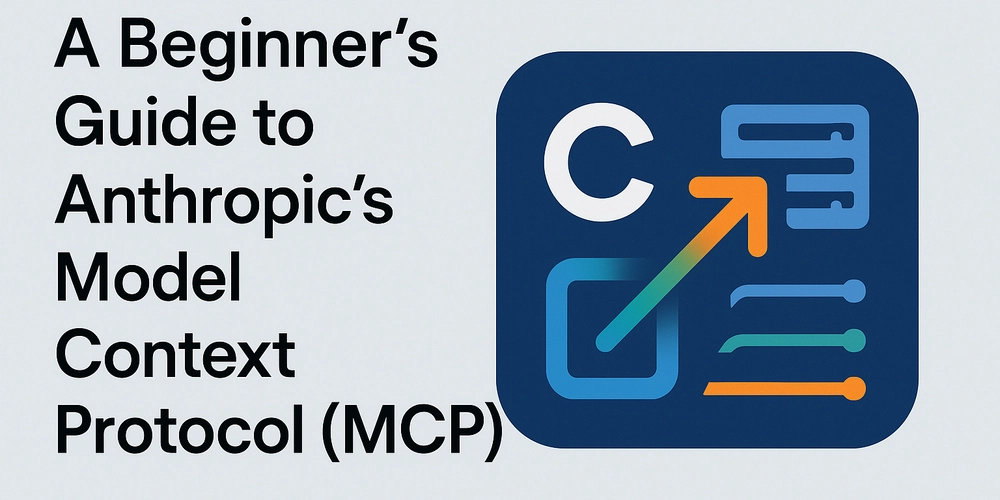

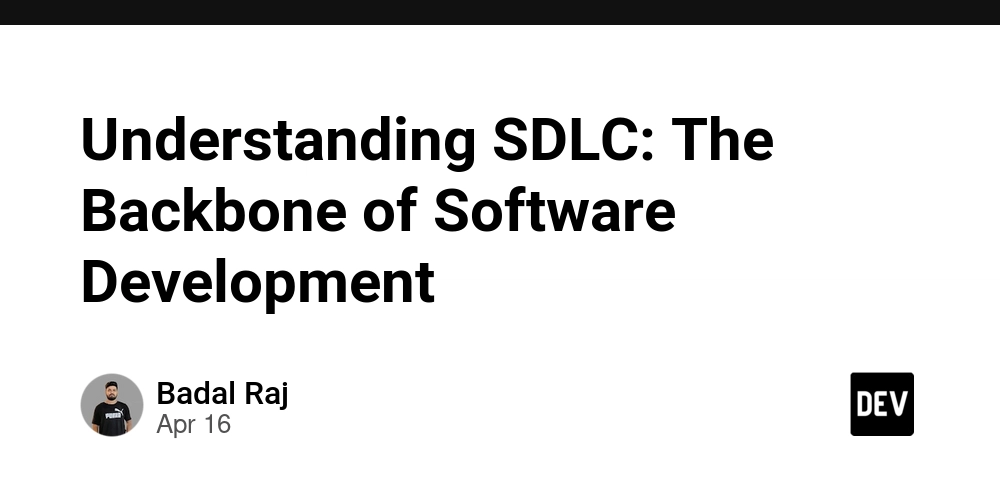




























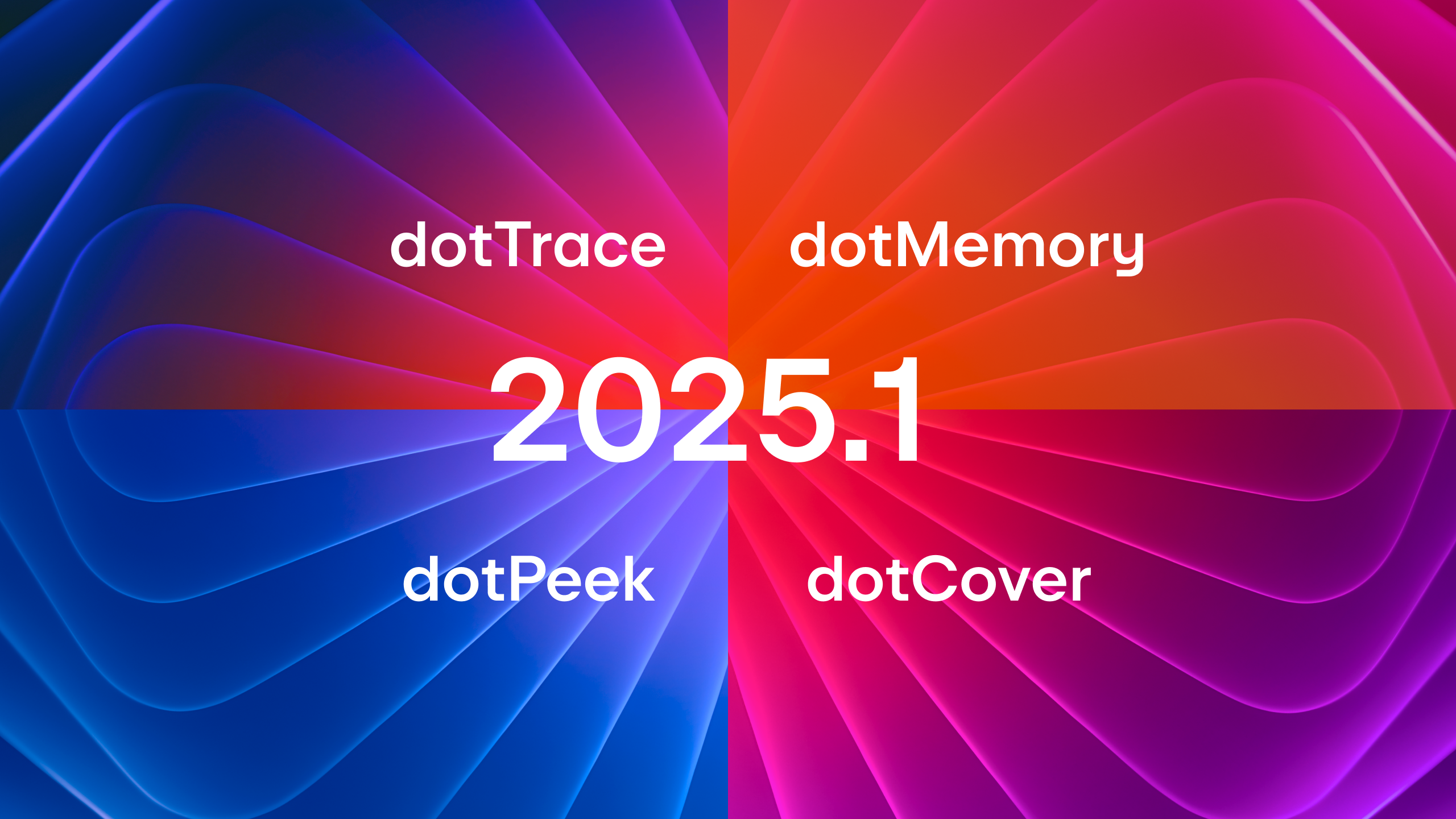























































![Blue Archive tier list [April 2025]](https://media.pocketgamer.com/artwork/na-33404-1636469504/blue-archive-screenshot-2.jpg?#)
































.png?#)







































.webp?#)















































































-xl-xl.jpg)









![Apple’s Messages app shows Meta is not a monopoly, says Meta [U]](https://i0.wp.com/9to5mac.com/wp-content/uploads/sites/6/2024/02/Zuckerbergs-AI-announcement.jpg?resize=1200%2C628&quality=82&strip=all&ssl=1)




![One UI 8 leaks again, showing off the tiny list of changes to Samsung’s Android 16 update [Video]](https://i0.wp.com/9to5google.com/wp-content/uploads/sites/4/2024/07/Galaxy-Z-Flip-6-review-photo-2.jpg?resize=1200%2C628&quality=82&strip=all&ssl=1)













![Apple to Split Enterprise and Western Europe Roles as VP Exits [Report]](https://www.iclarified.com/images/news/97032/97032/97032-640.jpg)
![Nanoleaf Announces New Pegboard Desk Dock With Dual-Sided Lighting [Video]](https://www.iclarified.com/images/news/97030/97030/97030-640.jpg)

![Apple's Foldable iPhone May Cost Between $2100 and $2300 [Rumor]](https://www.iclarified.com/images/news/97028/97028/97028-640.jpg)












































![Security Database Used by Apple Goes Independent After Funding Cut [Updated]](https://images.macrumors.com/t/FWFeAmxnHKf7vkk_MCBh9TcNMVg=/1600x/article-new/2023/05/bug-security-vulnerability-issue-fix-larry.jpg)





